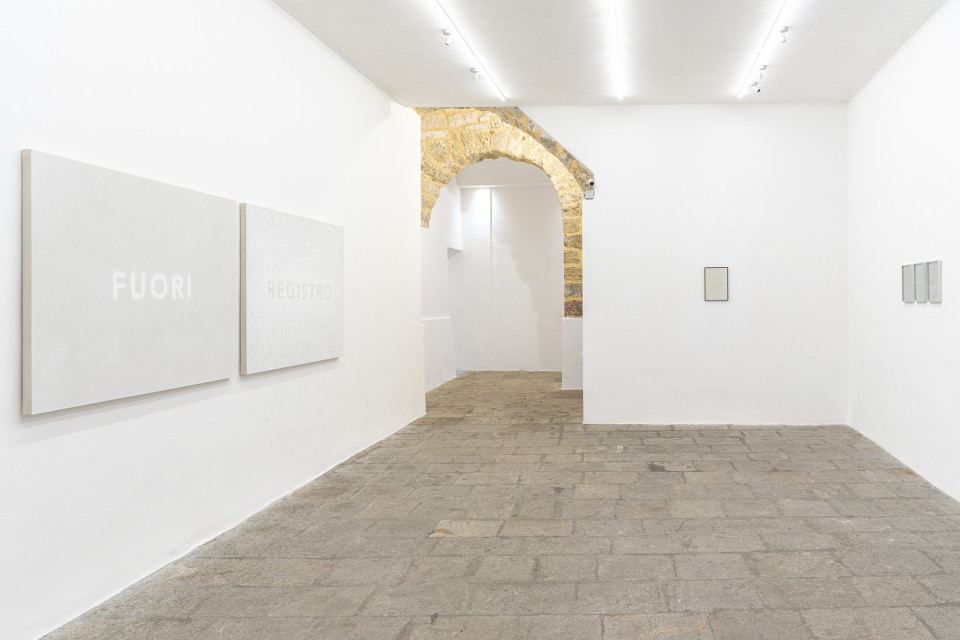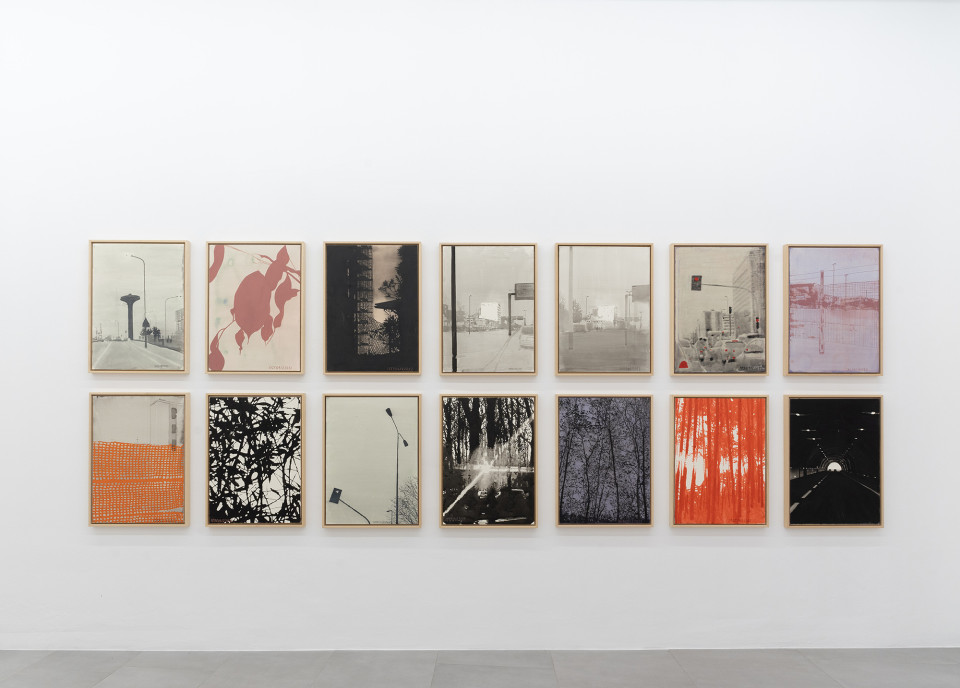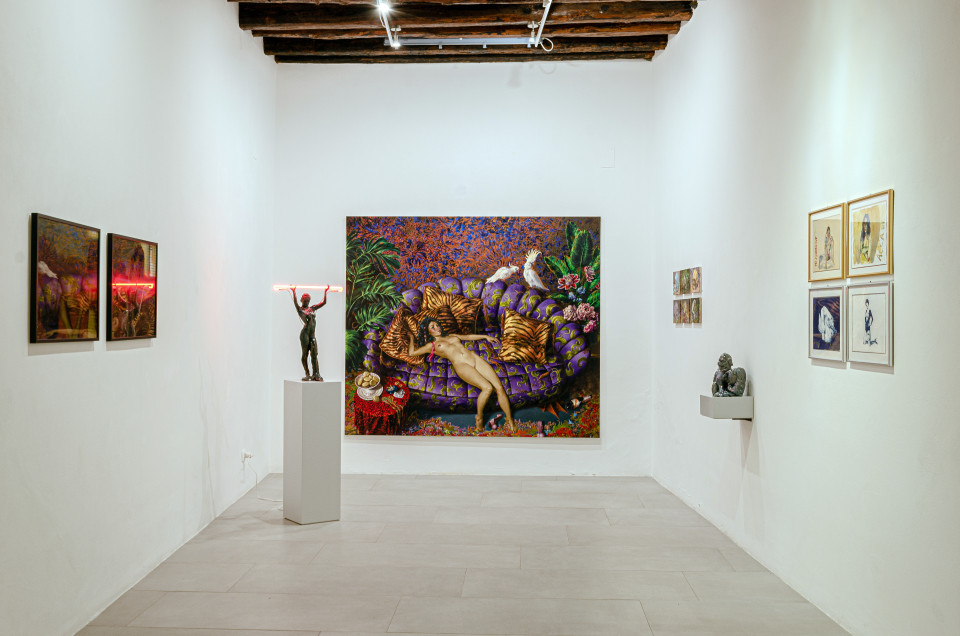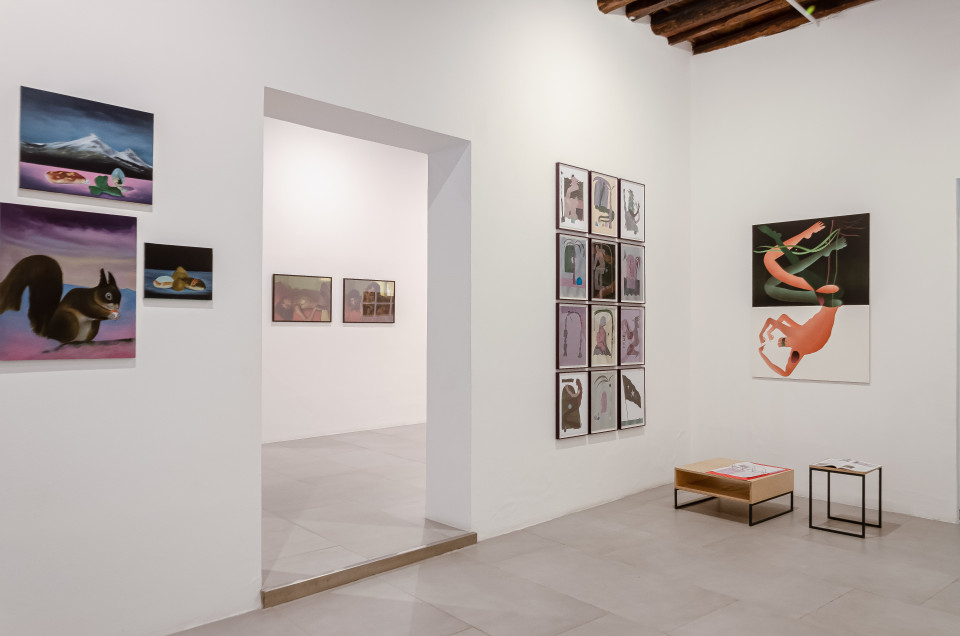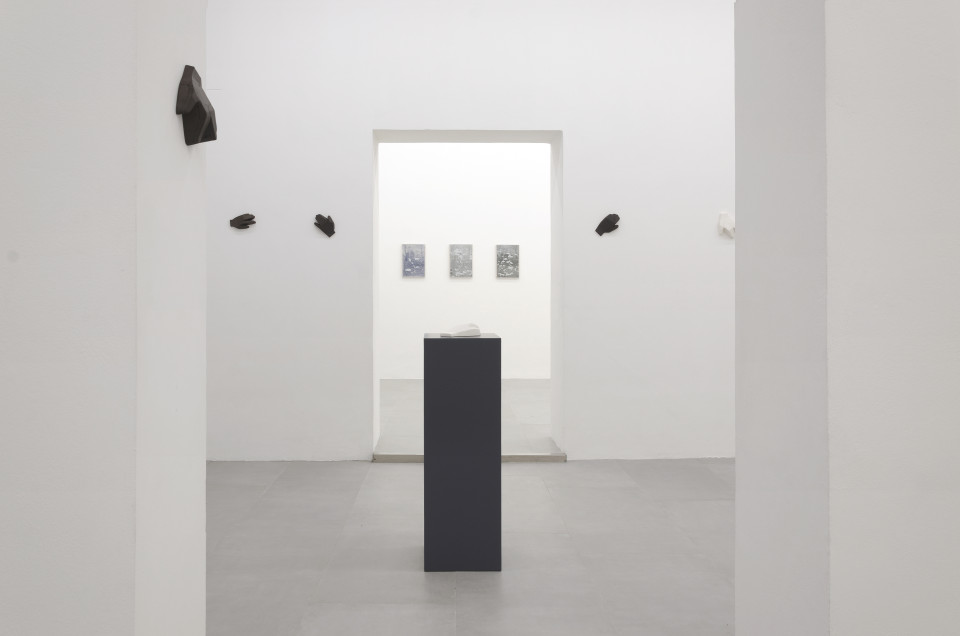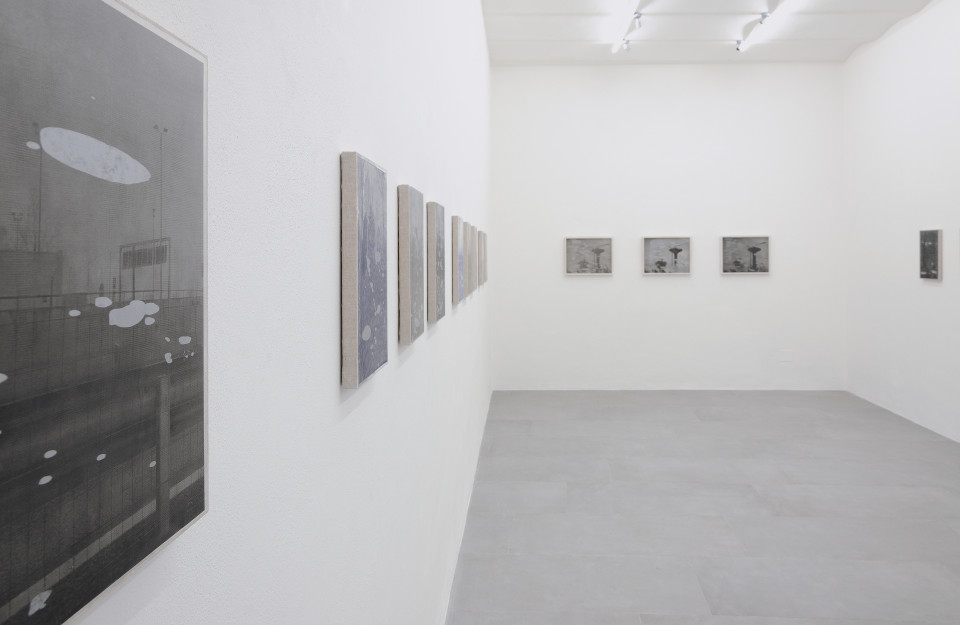Luca Pancrazzi
After his artistic training in Florence, Pancrazzi began exhibiting in the second half of the 1980s and relocated to the United States, where he joined Jo Watanabe Studio, working on Sol LeWitt prints and wall drawings; he then continued to Rome, where he worked in the studio of Alighiero Boetti. Since the 1990s he has cultivated a practice based on the deconstruction of artistic media, the creative possibilities of error and the composite use of techniques and materials. He explores the possibilities of images as a manipulable language and instrumentalises archiving as an essential component of his artistic practice. He investigates the correlation between repetition and variation, rigorously employing varied techniques, materials and processes to fulfil his objectives. His modes of expression include painting, drawing, photography, video, installation, sculpture, publications and collaborative actions with other artists. Pancrazzi conceives his work according to an overall cyclic logic, which he channels into series of independent works that intertwine and unfold over time, individually starring in a wider interpretative plot. Of his themes, metropolitan spaces and landscape are those he addresses most assiduously: archetype-landscapes, vast empty spaces devoid of narrative, horizons dividing heaven from earth, along which minute architectural infrastructures rise; transitory environments, solitary meta-modern landscapes where real places lose their strictly geographical connotations and become symbols.
His work has been exhibited in solo and group exhibitions in public venues including: Venice Biennale (1997), New Delhi Triennial (1997), Cetinje Biennial (1997), Vilnius Triennial (2000), Whitney Museum of American Art at Champion (1998), Valencia Biennial (2001), Moscow Biennial of Contemporary Art (2007), Rome Quadriennale (2008). PS1 Contemporary Art Center (1999), Galleria Civica di Modena (1999), Museo Marino Marini (2000), Palazzo delle Papesse (2001), Museo Revoltella (2001), Galerie Lenbachhaus und Kunstbau (2001), GAMEC (2001), Museo Cantonale d’Arte di Lugano (2002), Centro per l’Arte Contemporanea Luigi Pecci (2002), Zentrum Fur Kunst und Medientechnologie (2003), PAC (2004), MAN (2004), MART Trento and Rovereto (2005), MAMbo (2006), MACRO (2007), Vietnam National Museum of Fine Arts (2007), Fondazione Pomodoro (2010), Museo per Bambini di Siena (2010), Palazzo Te (2016).

110 x 150 cm

130 x 90 cm

150 x 200 cm

40 x 50 cm

42 x 29,7 cm

42 x 29,7 cm

42 x 29,7 cm

42 x 29,7 cm

42 x 29,7 cm

29,7 x 42 cm

29,7 x 42 cm











